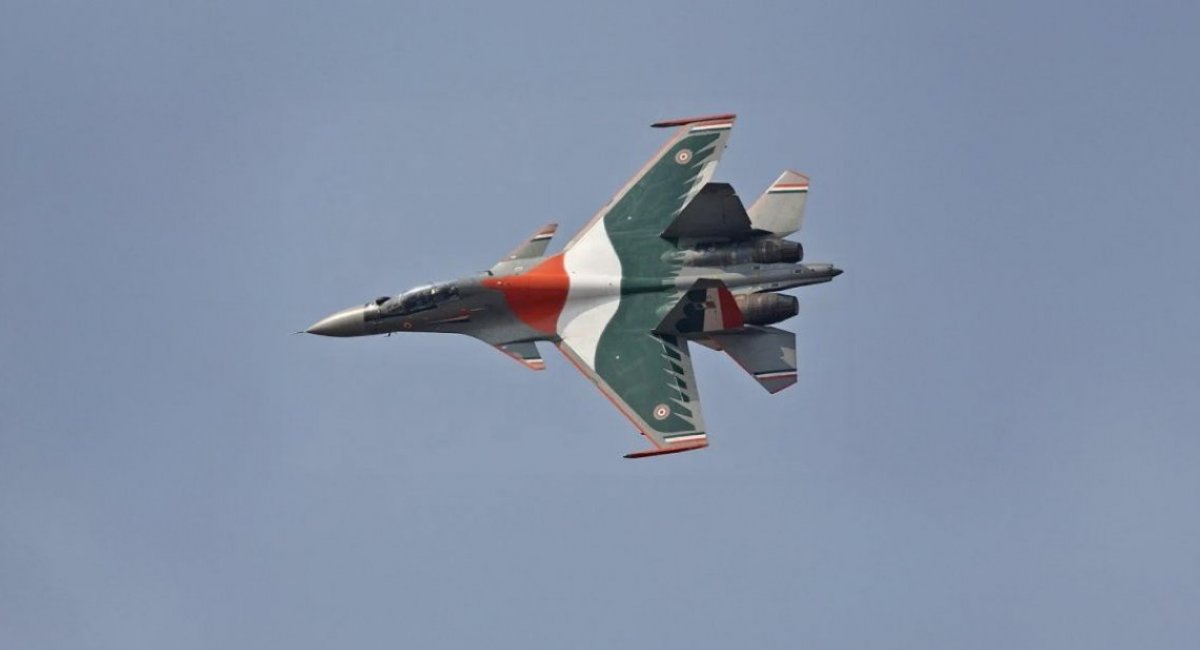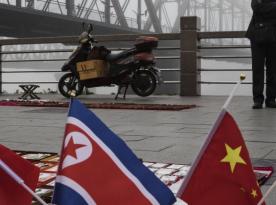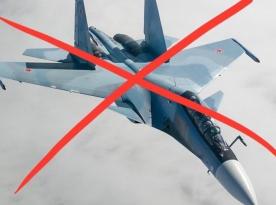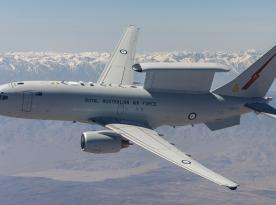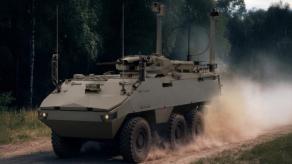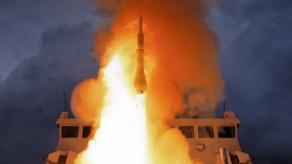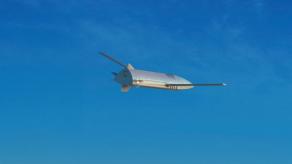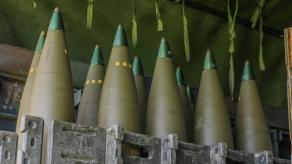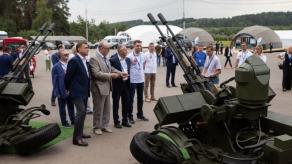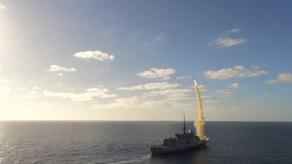European-made long-range air-to-air missiles are indeed being integrated with russian-designed Su-30 fighters. These aircraft belong to the Indian Air Force, whose domestic defense industry is undertaking the upgrade — with russian participation.
According to Indian Defense News, the European missile manufacturer MBDA has already confirmed the feasibility of the project. This integration became possible primarily thanks to India's new Virupaksha GaN AESA radar, reportedly capable of detecting fighter-sized targets at ranges of up to 300 kilometers.
Read more: Inspired by F-22, India Eyes Risky Engine Test on Su-30MKI
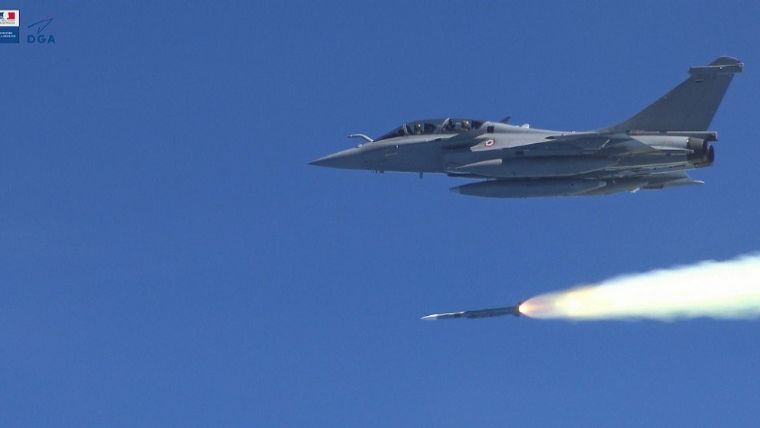
The move will expand the number of Meteor-capable platforms in India's fleet, which currently includes only the Rafale. However, much depends on India's ability to produce its new radar systems and complete the integration — a process that has often faced delays and technical challenges.
Since the Su-30MKI was originally designed in russia, russian engineers will almost certainly be involved in the modernization. In fact, available reports indicate that russian experts took part in the planning phase and are likely to oversee its implementation.
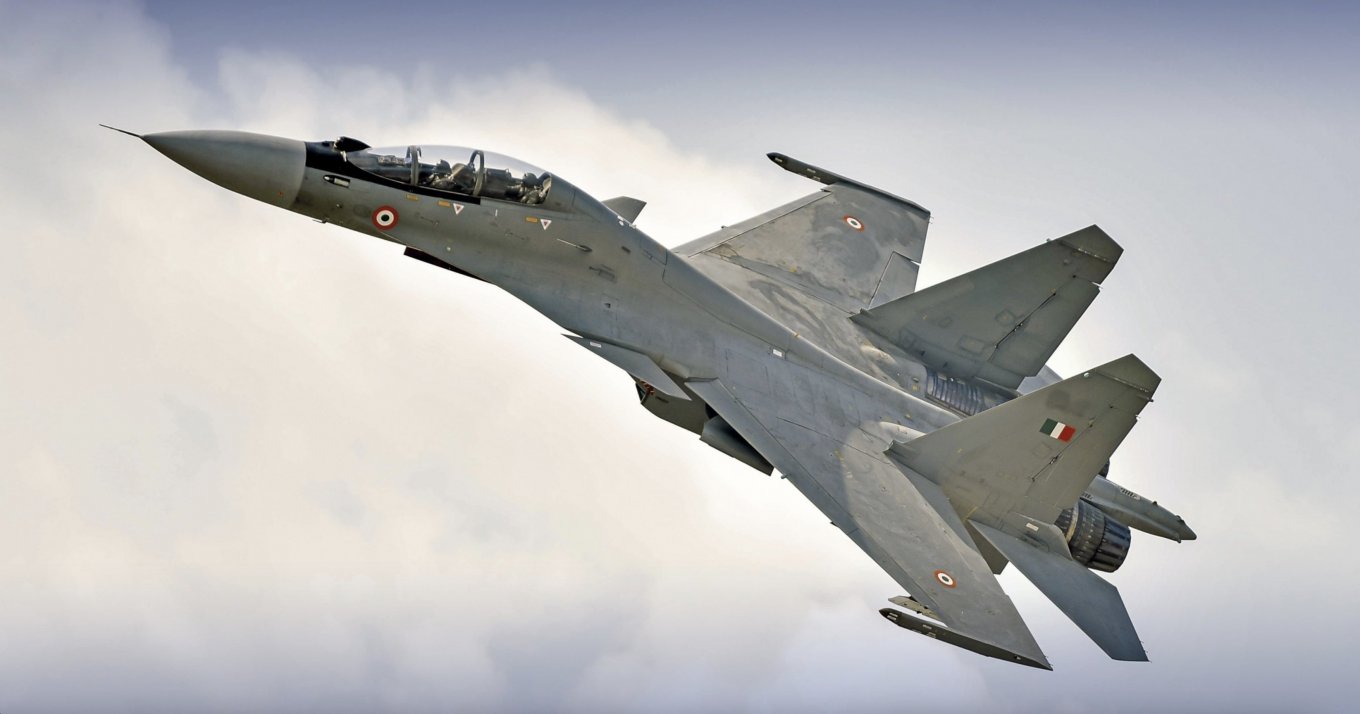
This raises a serious concern: russian access to technical documentation or even to the Meteor missiles themselves. Such access would pose a significant security risk, potentially exposing sensitive data about Europe's most advanced missile technology.
Even if one remains skeptical of the russian defense industry's ability to reverse-engineer such high-end systems, access to performance data, system limitations, and key specifications would still provide valuable insights. This knowledge could help russia develop countermeasures — or even inspire improvements to its own R-37M long-range missiles, currently deployed on Su-30SM2 aircraft.
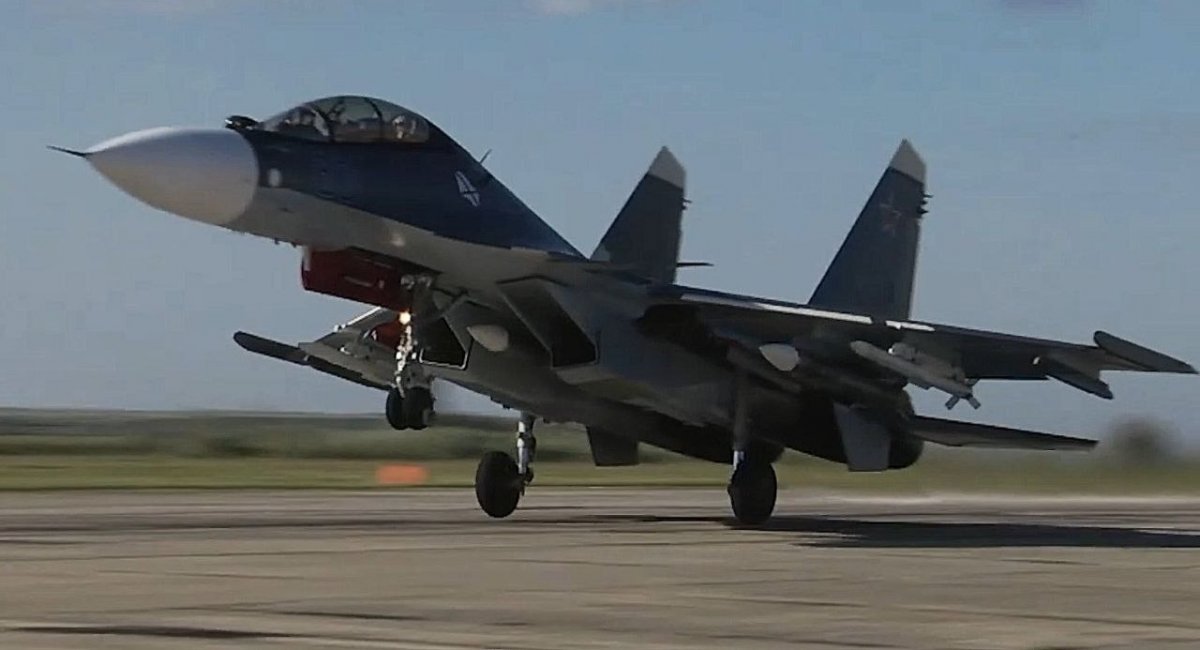
While it is possible that India could carry out the Meteor integration independently or solely with European assistance, the likelihood of russian involvement remains high, given the aircraft's origin and potential technical complexities.
Security considerations in arms cooperation are critical, as illustrated by the U.S. decision to block F-35 deliveries to Turkiye over its acquisition of russian S-400 systems. It therefore remains unclear why Europe appears comfortable allowing its cutting-edge missile technology to be integrated onto aircraft developed with russian participation.
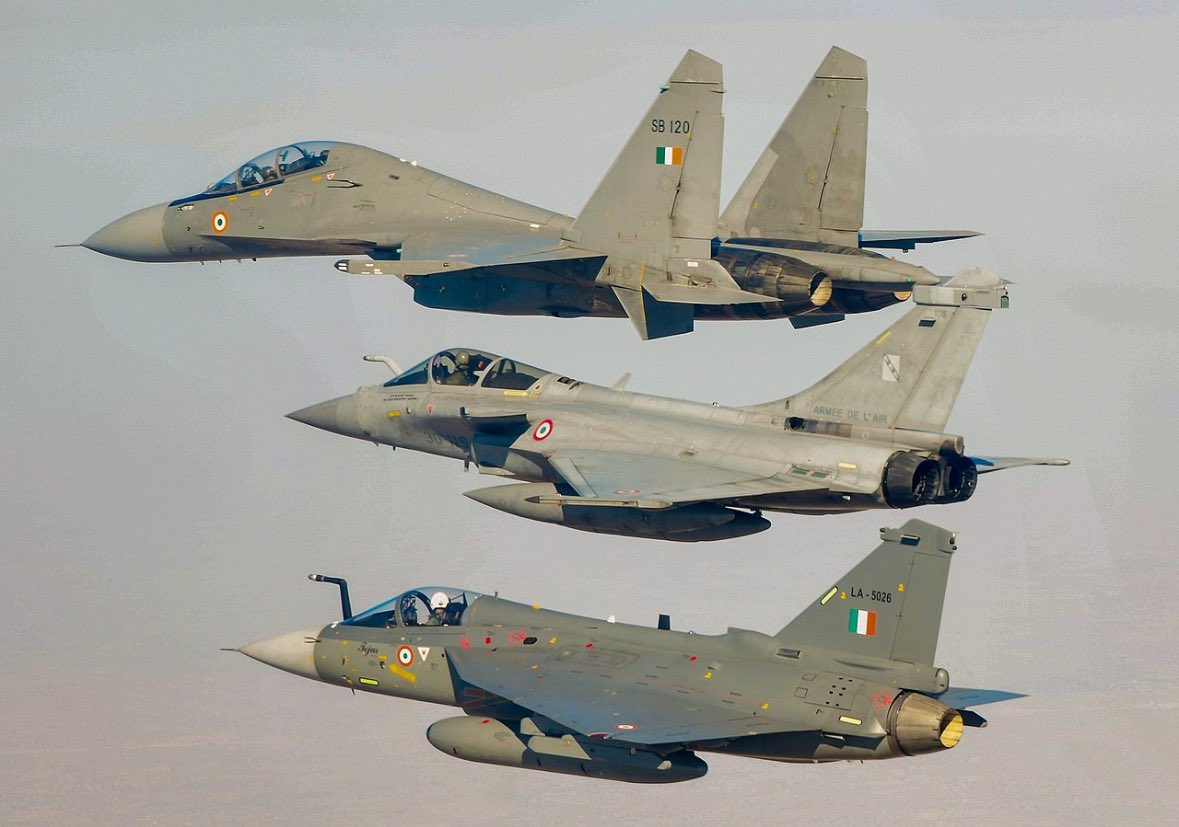
Read more: India’s Rafale Orders May Help Ukraine Access F-16 and Gripen Jets




